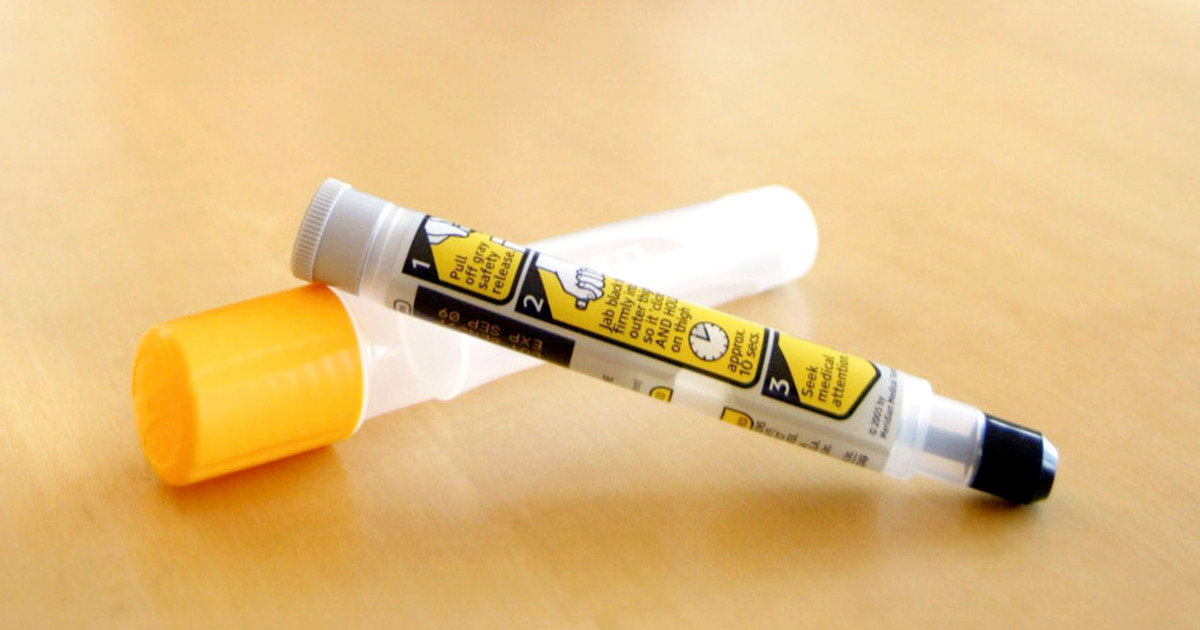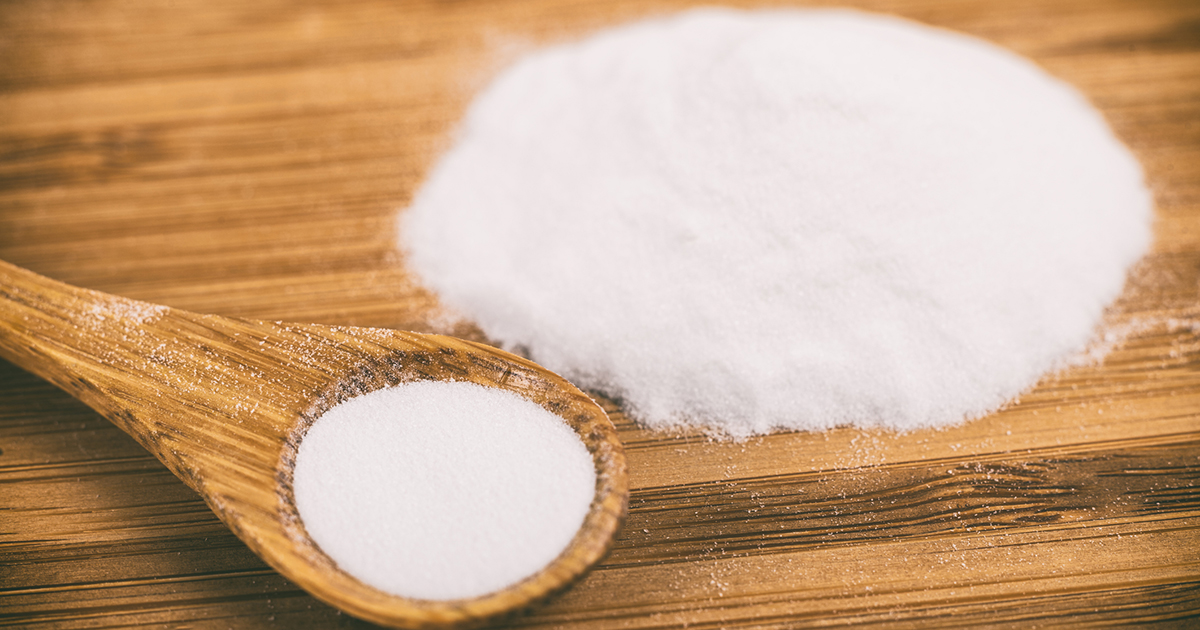Ways To Treat A Wasp Sting
Wasp stings can be a hazard in the warmer months of the year, especially in the late summer and early fall, when wasp colonies have completed their nests. If a wasp attacks, it typically means an individual has walked too close to a wasp nest and the wasps inside feel threatened. A walk in the woods can be painfully interrupted if a hiker walks over a yellow-jacket nest in the ground or below a paper wasp nest in the trees above. Unlike bees, a single wasp can sting someone multiple times, so it is vital to move away if a wasp begins stinging. Fortunately, unless there is an allergy, most wasp stings are not very serious and respond well to self-treatment. Get to know the best strategies for treating a wasp sting now.
Wash Area With Soap And Water

A common first step in the treatment of a wasp sting is to wash the area with soap and water. This treatment is helpful for two main reasons. First, a wasp sting is a small puncture wound and needs the same first aid as any break in the skin. Washing the area well can also prevent infection. Second, the main reason wasp stings are painful is a small amount of irritating venom is injected with each sting. Cleansing the sting with soap can help wash away some of the venom, diminishing its effect on the body.
Read more about treating a wasp sting now.
Apply A Cool Compress

Inflammation is one of the body’s natural reactions to injury. In most cases, there will be swelling around the site of the wasp sting. If someone has been stung, they can apply a cool compress or an ice pack to minimize the swelling. The application of something cold can also lessen the pain by numbing the affected area while the wasp sting venom is still irritating the skin. A cool compress can be applied for ten to twenty minutes each hour until the effects of the stings have worn off. Especially if using ice, it is important to remove the compress periodically to avoid cold damage to the skin.
Keep reading to discover more options for how to treat a wasp sting now.
Epinephrine Injection

When individuals experience an allergic reaction to bee or wasp stings, they are not allergic to the puncture but to the venom injected with the sting. Allergic reactions can be as mild as a rash at the site and as dangerous as an airway blocked by swelling. Someone who is aware of such allergies often carries a prescribed dose of epinephrine for emergency use. They will be ready to self-administer an epinephrine injection in case of a sting. First aid kits for outdoor activities should include at least two doses of epinephrine in case of undiagnosed allergy emergencies.
Reveal the next treatment for wasp stings now.
Emergency Medical Care For Severe Reactions

It is critical to coordinate emergency medical care for severe reactions to wasp stings. When a patient is brought to the hospital for an allergic reaction, several treatments are commonly administered. Antihistamines, steroids, and epinephrine may all be used to counteract the symptoms of the allergic reaction, especially to minimize swelling of the airway. In extreme cases, a breathing tube will be inserted into the patient’s throat to allow breathing while the medications take effect. The patient will then be held for observation to make sure the effects of the sting can wear off. Emergency services may also be called if someone experiences many stings at one time. Even though there may not be an allergic reaction, the amount of venom in the patient’s system can be a concern.
Learn more about treating wasp stings now.
Apply Baking Soda For Itching

The effects of a wasp sting can change over time. The initial sting gives a painful, burning sensation as venom is injected into the body. After the initial pain, however, the sensation often changes to an irritating itch as the effects of the venom weaken. One home remedy used for years to combat itching is applying baking soda. Baking soda, or sodium bicarbonate, has long been used for many skin irritations including eczema, poison ivy, and other instances of topical itching. For a wasp sting, the normal procedure is to apply a paste of water and baking soda and allow it to sit for two to three minutes before rinsing. The baking soda both cools and soothes the skin while reducing irritation.